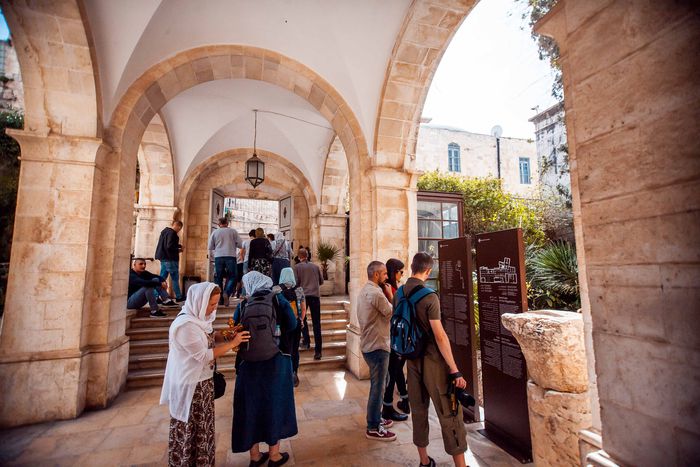
Between the Location and Exhibits of the Terra Sancta Museum in the Old City of Jerusalem
Published on
In early 2017, the Terra Sancta Museum has inaugurated a new multimedia and archaeology exhibition space, which traces the historical presence of Christians in the Holy Land.
Opened in 2016 in collaboration between Studium Biblicum Franciscanum, the Custody of the Holy Land and Association Pro Terra Sancta, the Terra Sancta Museum is run by the Custody of the Holy Land, or Custodia Terræ Sanctæ in Latin, which lends to the museum its name. In 2017, this custodian priory of the Franciscan Order celebrates an 800-year anniversary of its presence in the Holy Land, since in 1217 Saint Francis of Assissi, the founder of the Franciscan Order, has established the Province of the Holy Land in the latter period of successive Christian crusades, when the Latin Kingdom of Jerusalem, sometimes differentiated into the First and the Second Kingdoms of Jerusalem, has primarily been based in Acre.
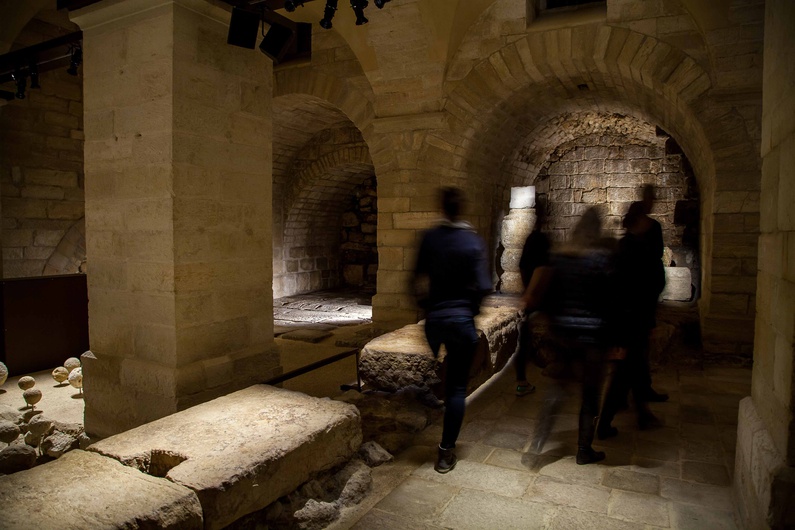 Thus, whereas the Franciscan Order has been founded in 1209, its presence in Terra Sancta overlaps with the Fourth and Fifth Crusades. One can argue the efforts of Francis of Assisi seeking to negotiate a truce between Hungarian, Austrian and German crusaders, on the one hand, and the Egyptian sultan al-Kamil, on the other hand, which have been unsuccessful eventually, are likely to have laid a foundation for the enduring presence of Franciscans in this area.
Thus, whereas the Franciscan Order has been founded in 1209, its presence in Terra Sancta overlaps with the Fourth and Fifth Crusades. One can argue the efforts of Francis of Assisi seeking to negotiate a truce between Hungarian, Austrian and German crusaders, on the one hand, and the Egyptian sultan al-Kamil, on the other hand, which have been unsuccessful eventually, are likely to have laid a foundation for the enduring presence of Franciscans in this area.
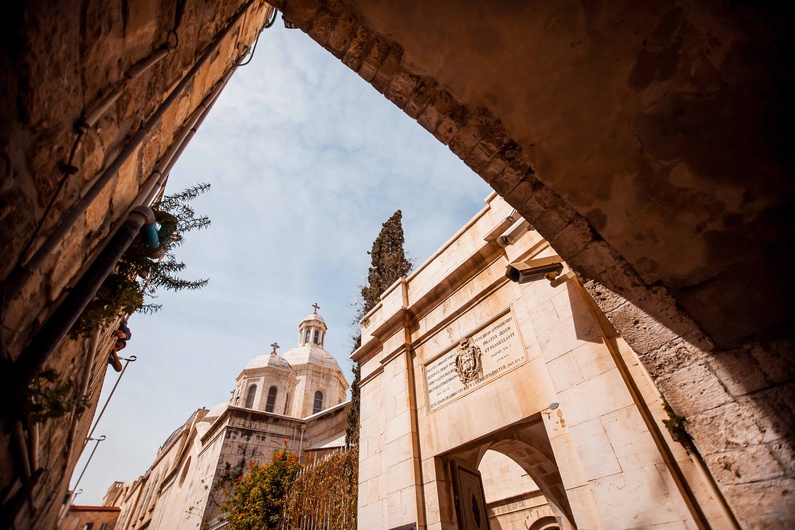 A present-day example of this is the Monastery of Saint Saviour located near the New Gate in the Old City of Jerusalem, which was transferred to the Franciscan Order in the late 1550s by the Sultain Suleiman the Magnificent, the longest-reigning ruler of the Ottoman Empire. Across centuries, the Franciscan Order has maintained co-existence with representatives of other religions and confessions in Jerusalem. Thus, at the second station of the Way of the Cross, where the museum is located, walls and yards of Christian establishments and buildings neighbour with shops selling oriental souvenirs across the street in the Muslim Quarter.
A present-day example of this is the Monastery of Saint Saviour located near the New Gate in the Old City of Jerusalem, which was transferred to the Franciscan Order in the late 1550s by the Sultain Suleiman the Magnificent, the longest-reigning ruler of the Ottoman Empire. Across centuries, the Franciscan Order has maintained co-existence with representatives of other religions and confessions in Jerusalem. Thus, at the second station of the Way of the Cross, where the museum is located, walls and yards of Christian establishments and buildings neighbour with shops selling oriental souvenirs across the street in the Muslim Quarter.
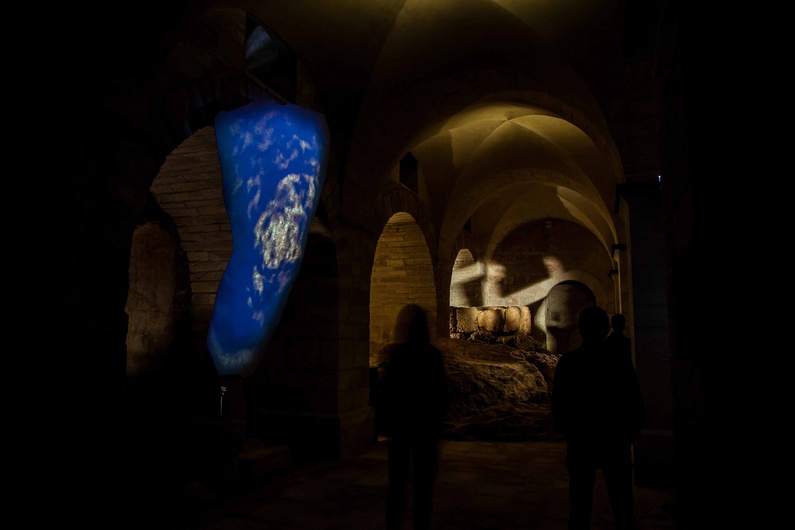 The walk toward the museum retraces some of Christian Passion of the Christ stages that olden-days and contemporary pilgrims arriving to Jerusalem traverse. Lying on the Via Dolorosa, the museum is accessible across the inner courtyard connecting the Church of the Flagellation and the Church of the Condemnation and Imposition of the Cross reconstructed in 1904. In its ornamentation, the latter structure also retains echoes of artistic modernism that started to develop in Europe during the Belle Époque. This Biblical site is also associated with Antonia Fortress, a military structure built over an earlier Hasmonean citadel, and the Prætorium of Pilate, even though recent archaeological findings suggest that the Roman governor’s residence was located elsewhere.
The walk toward the museum retraces some of Christian Passion of the Christ stages that olden-days and contemporary pilgrims arriving to Jerusalem traverse. Lying on the Via Dolorosa, the museum is accessible across the inner courtyard connecting the Church of the Flagellation and the Church of the Condemnation and Imposition of the Cross reconstructed in 1904. In its ornamentation, the latter structure also retains echoes of artistic modernism that started to develop in Europe during the Belle Époque. This Biblical site is also associated with Antonia Fortress, a military structure built over an earlier Hasmonean citadel, and the Prætorium of Pilate, even though recent archaeological findings suggest that the Roman governor’s residence was located elsewhere.
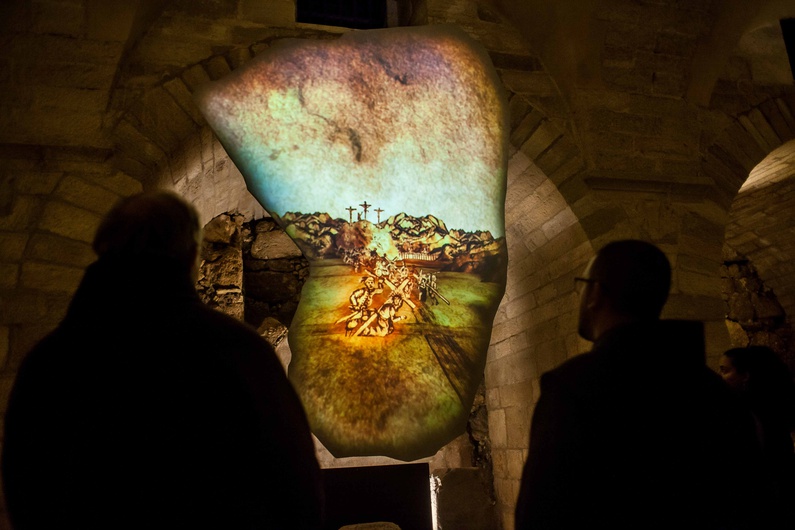 The Terra Sancta Museum offers a multimedia experience that elaborates on the layered history of Jerusalem stretching from the King Solomon’s Temple period to its re-structuring as Aelia Capitolina along Roman colonial lines, e.g., during Herod’s rule, between the 130s and 630s, such as a temple to Venus later becoming the Church of the Holy Sepulchre, and its later development during the Ottoman period. The 15-minute long audio and video tour, thus, walks museum visitors through the history of Jerusalem stretching from the life of Jesus to present day Christianity. Each section of the narrative focuses on historical memory in relation to archaeological artifacts as stations of this presentation.
The Terra Sancta Museum offers a multimedia experience that elaborates on the layered history of Jerusalem stretching from the King Solomon’s Temple period to its re-structuring as Aelia Capitolina along Roman colonial lines, e.g., during Herod’s rule, between the 130s and 630s, such as a temple to Venus later becoming the Church of the Holy Sepulchre, and its later development during the Ottoman period. The 15-minute long audio and video tour, thus, walks museum visitors through the history of Jerusalem stretching from the life of Jesus to present day Christianity. Each section of the narrative focuses on historical memory in relation to archaeological artifacts as stations of this presentation.
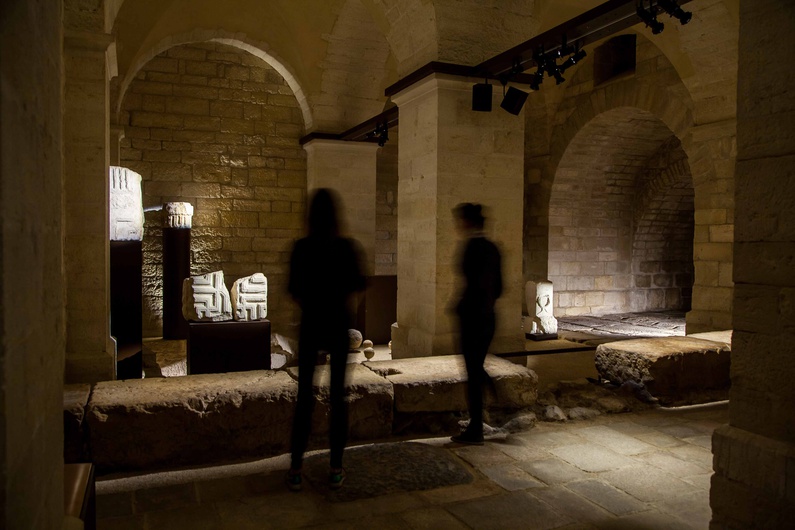 While the existing show features original artifacts from the Christian period, a new archaeological wing set to open in late 2017 will seek to present various aspects of the everyday life from this and later eras based on the extensive historical collections and reconstructed exhibition areas that the Franciscan Order holds. Some artifacts from the museum's collection accumulated ever since the early nineteenth century, when the modern discipline of archaeology began to develop, have recently been loaned from Jerusalem to the Metropolitan Museum of Art, New York, for its exhibition bearing the title ‘Jerusalem 1000-1400: Every People Under Heaven’.
While the existing show features original artifacts from the Christian period, a new archaeological wing set to open in late 2017 will seek to present various aspects of the everyday life from this and later eras based on the extensive historical collections and reconstructed exhibition areas that the Franciscan Order holds. Some artifacts from the museum's collection accumulated ever since the early nineteenth century, when the modern discipline of archaeology began to develop, have recently been loaned from Jerusalem to the Metropolitan Museum of Art, New York, for its exhibition bearing the title ‘Jerusalem 1000-1400: Every People Under Heaven’.
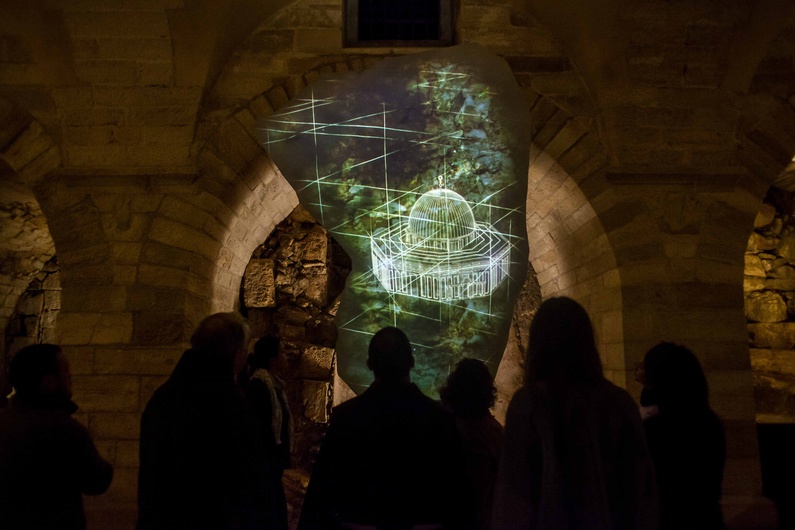 As this museum’s mission is to foster inter-cultural and inter-religious dialogue through its activities and presentations, Pablo Markin has arranged for an interview with Father Alliata, historian belonging to the Franciscan Order and residing at the Saint Savior Monastery in the Old City of Jerusalem.
As this museum’s mission is to foster inter-cultural and inter-religious dialogue through its activities and presentations, Pablo Markin has arranged for an interview with Father Alliata, historian belonging to the Franciscan Order and residing at the Saint Savior Monastery in the Old City of Jerusalem.
Pablo Markin: How did the idea for this museum take shape?
Father Alliata: The Terra Sancta Museum has been long in existence. Though it has a long history, in 2009, the then custos or custodian, Father Pierbattista Pizzaballa, wanted to give it a new life. Therefore, the project for the new Terra Sancta Museum was launched. The main change was the idea of diversification of the exhibitions according to the nature of the objects, creating different and more specialized wings. Together with the archaeological one, a new multimedia presentation was realized (open since March 2016 at the Flagellation Monastery) and a historical section dedicated to the Franciscans in the Holy Land will be unveiled shortly, completing the project. This new organization will allow the visitor to have a better comprehension of the Christian roots in the Holy Land.
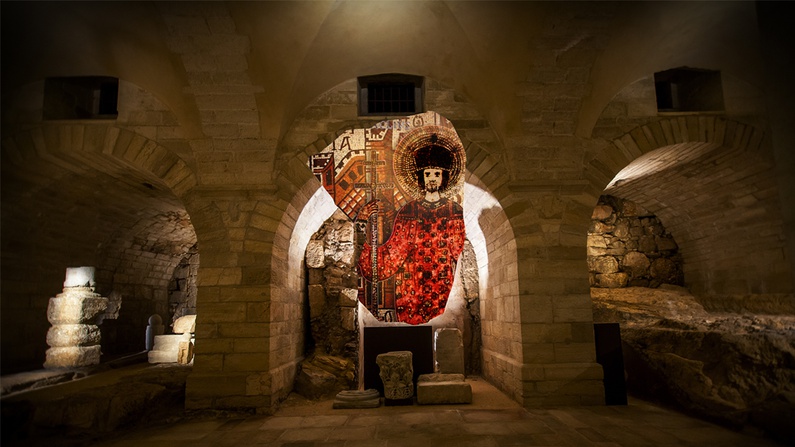 Pablo Markin: What are the development plans that Terra Sancta has for the programming, collaborations and premises of the museum?
Pablo Markin: What are the development plans that Terra Sancta has for the programming, collaborations and premises of the museum?
Father Alliata: The Terra Sancta Museum aims to be a network of museums, with premises in the archaeological sites owned by the Custody, such as in Nazareth, Mount Tabor, Capernaum, and Bethany. One of the greatest challenges in the future will be the integration of the exhibitions dedicated to the places on the site together with the presence of a main central museum, as it is the case for many large-scale museums around the world. We will continue to improve the experience of the main museum and, at the same time, develop the peripheral premises.
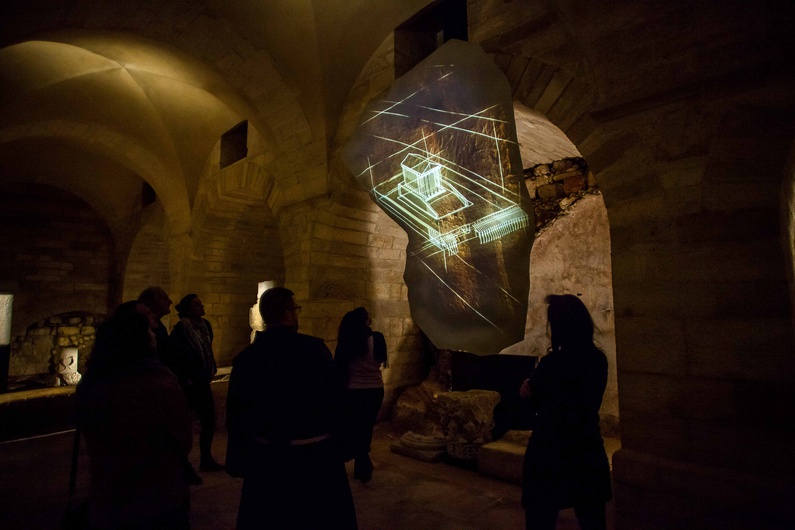 Pablo Markin: As Custodia Terræ Sanctæ celebrates its long-standing presence in Jerusalem, how the exhibitions and sites of the museum relate to the narrative that has accrued to that?
Pablo Markin: As Custodia Terræ Sanctæ celebrates its long-standing presence in Jerusalem, how the exhibitions and sites of the museum relate to the narrative that has accrued to that?
Father Alliata: During the 800 years of the Franciscan presence in the Holy Land, the preservation and access to the holy places, together with the hospitality towards the pilgrims, were the primary goal of the Minorites. This “custody” of the religious and cultural heritage led, during the last two centuries, to the rediscovery of the places and objects related to the life of Jesus. It has also led to the study of these artifacts through scientific approaches. Likewise, the Brothers have carried out archaeological excavations, while applying thorough research methodologies. The increased awareness of the historical, artistic and religious value of the archaeological findings and unparalleled objects accumulated across the centuries, has led to the creation of a new museum. This permanent exhibition will be a useful tool for the Franciscans to let the world know the history of the Christian presence where it has its roots: the Land of God.
This article has originally appeared in Open Culture, 28/08/2017, https://oc.hypotheses.org/474.



